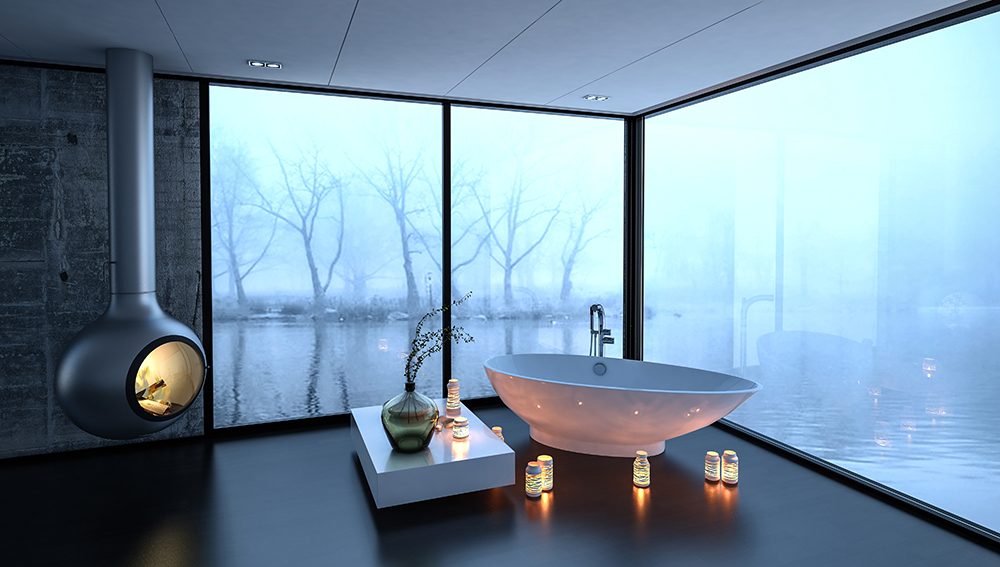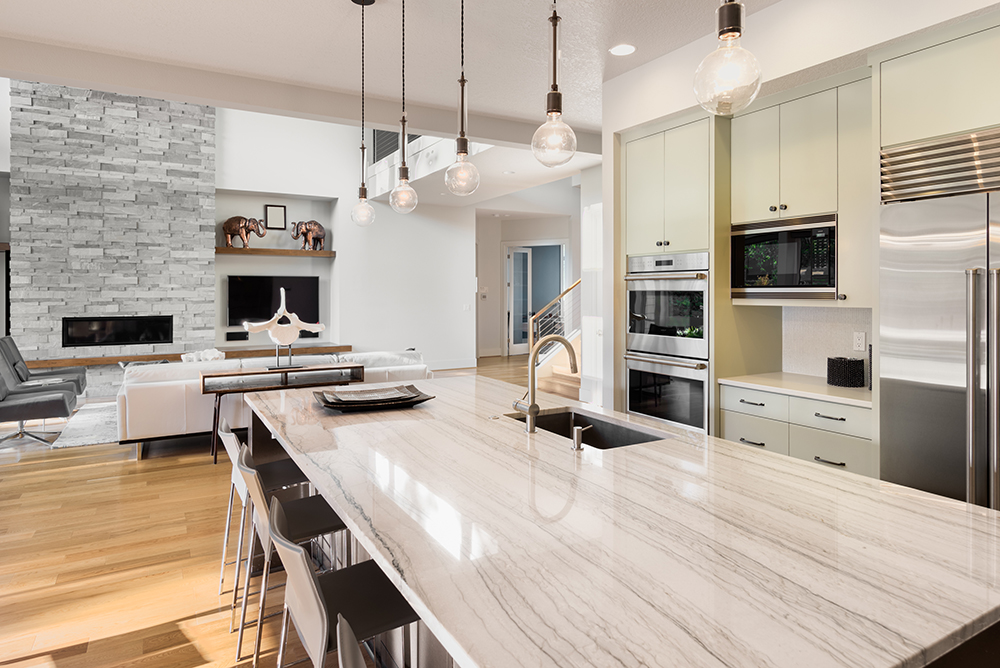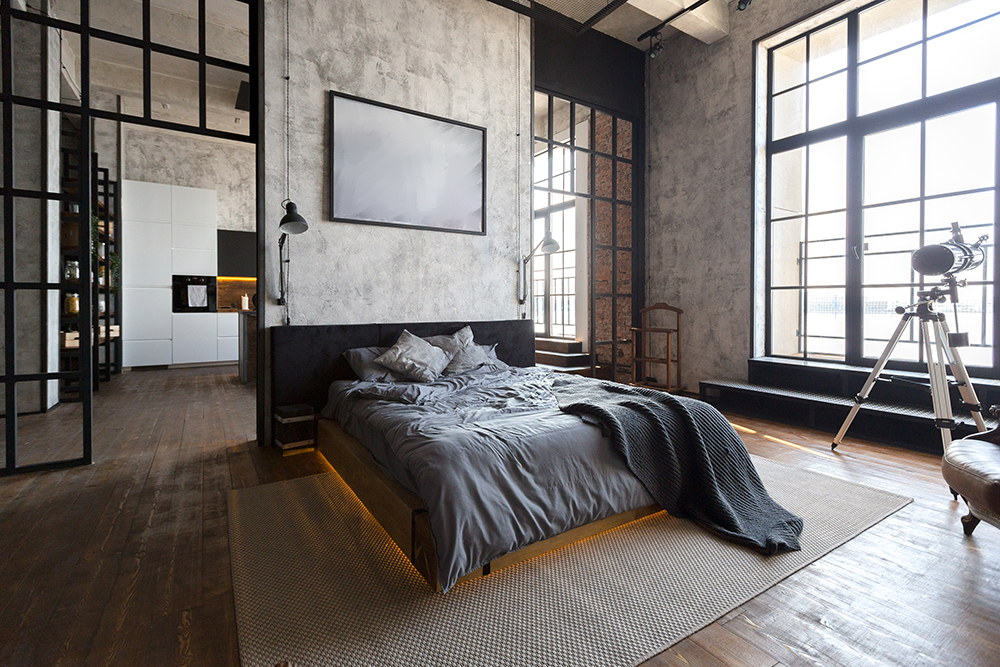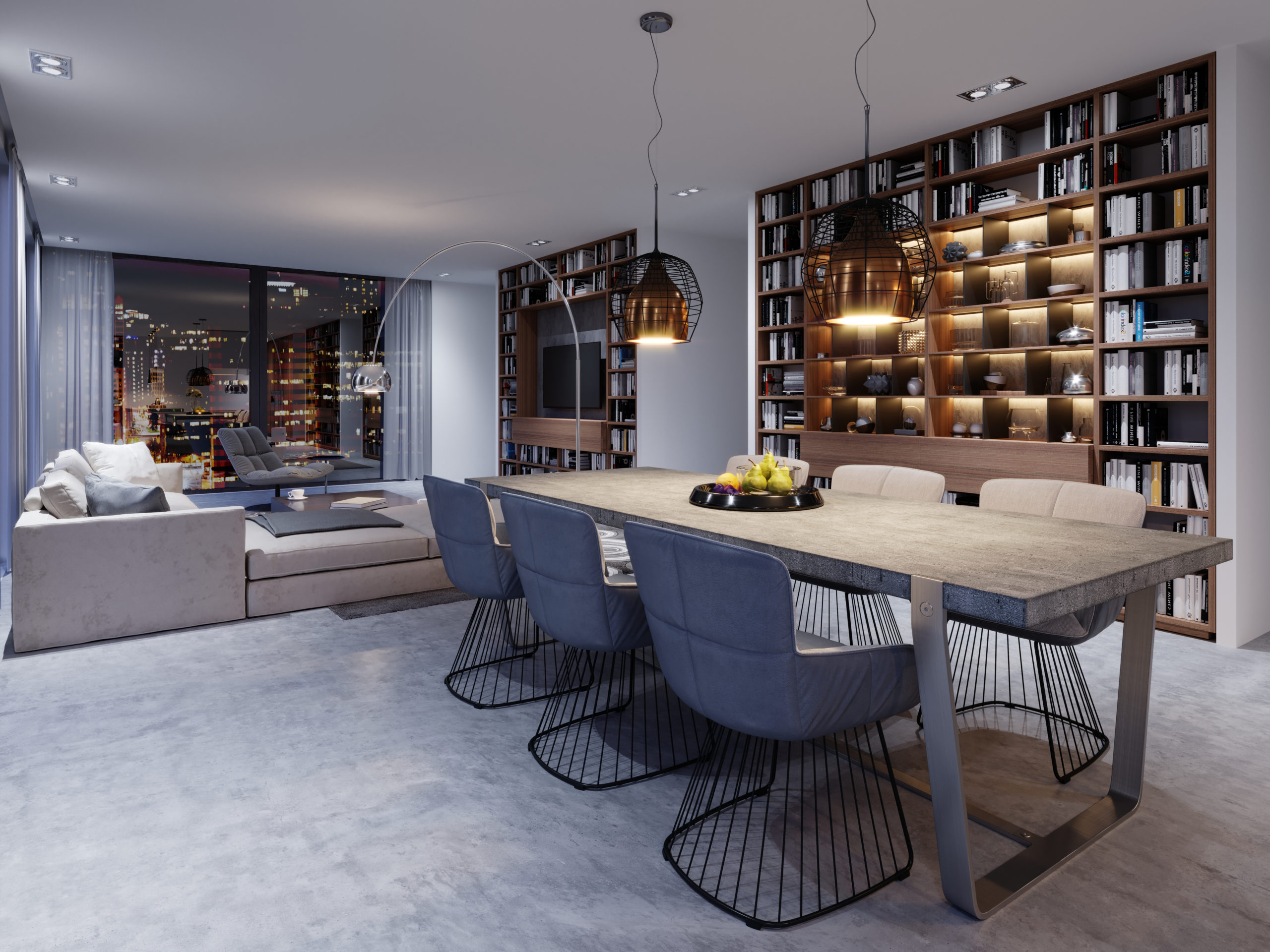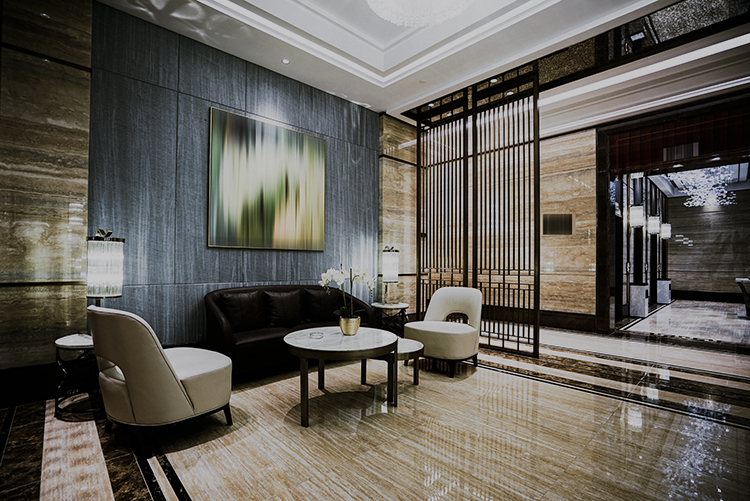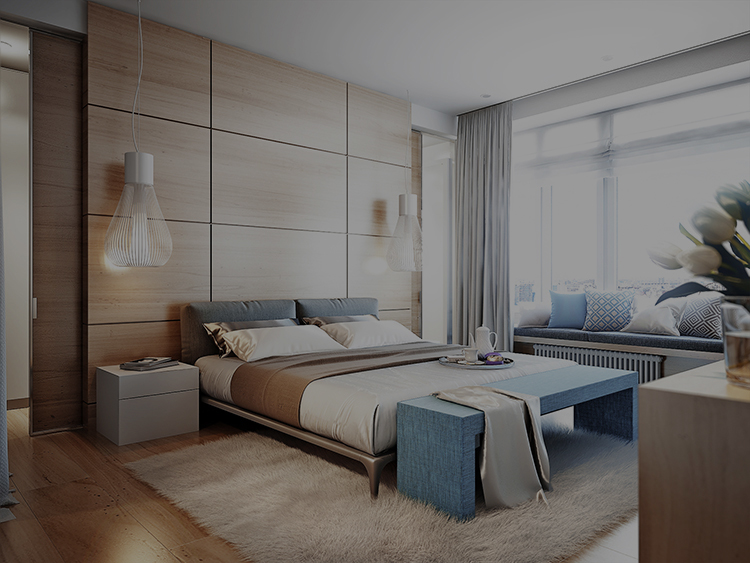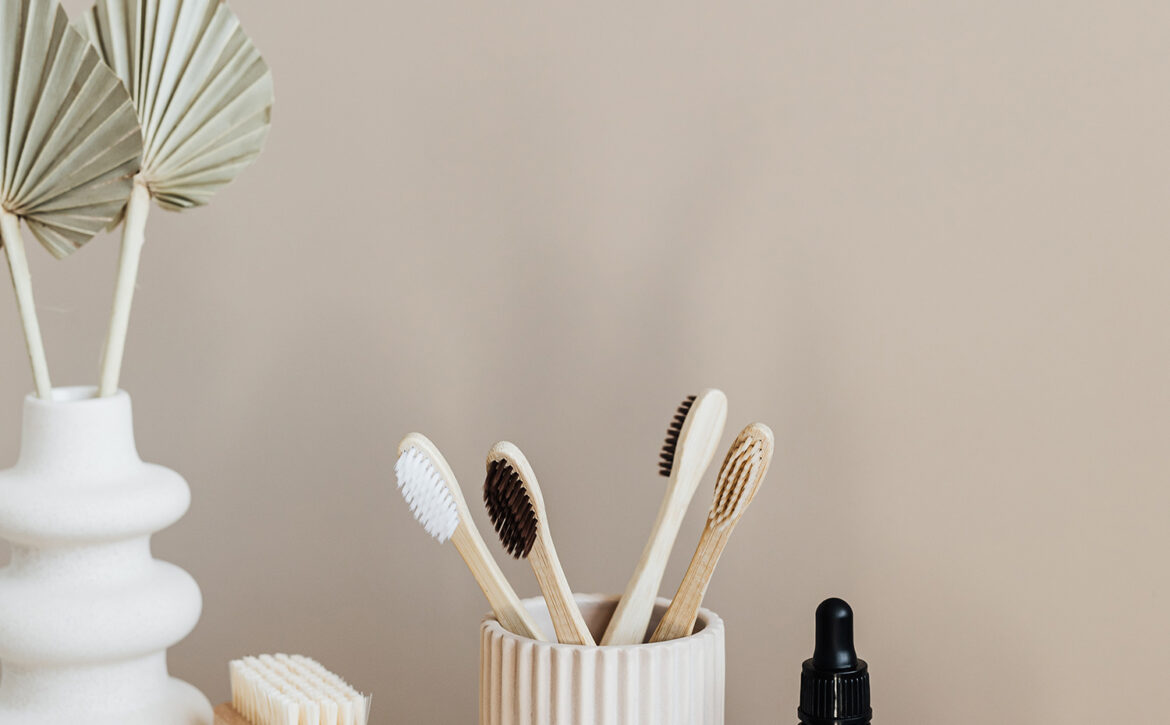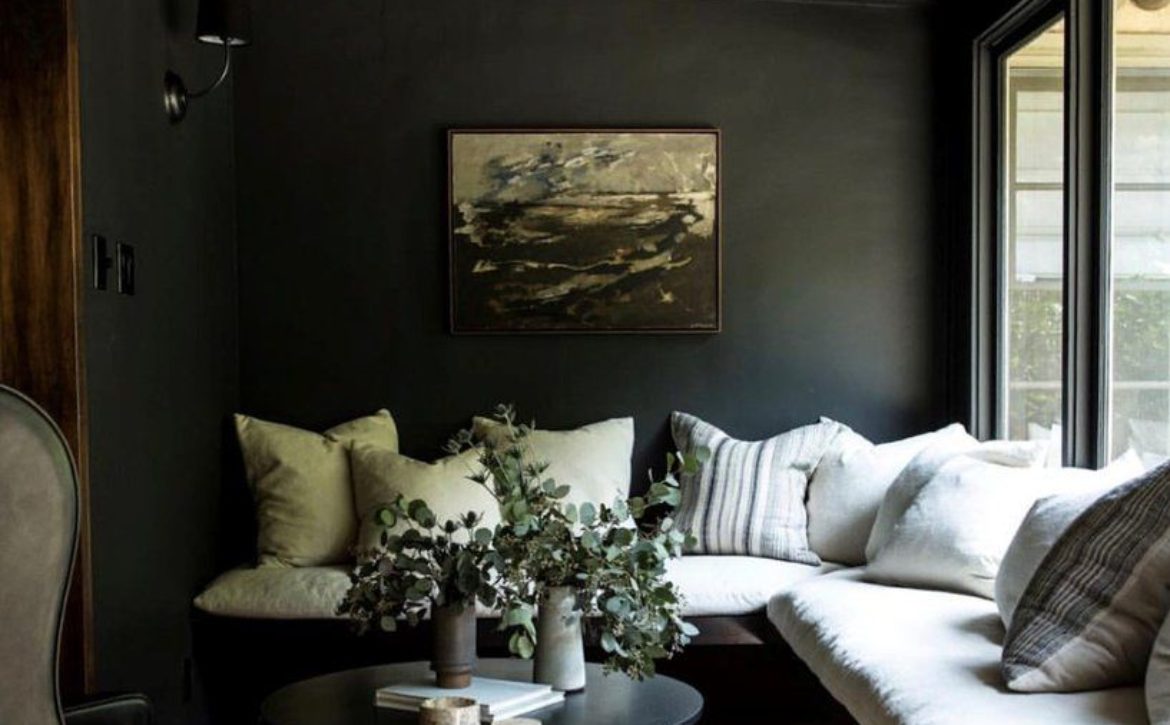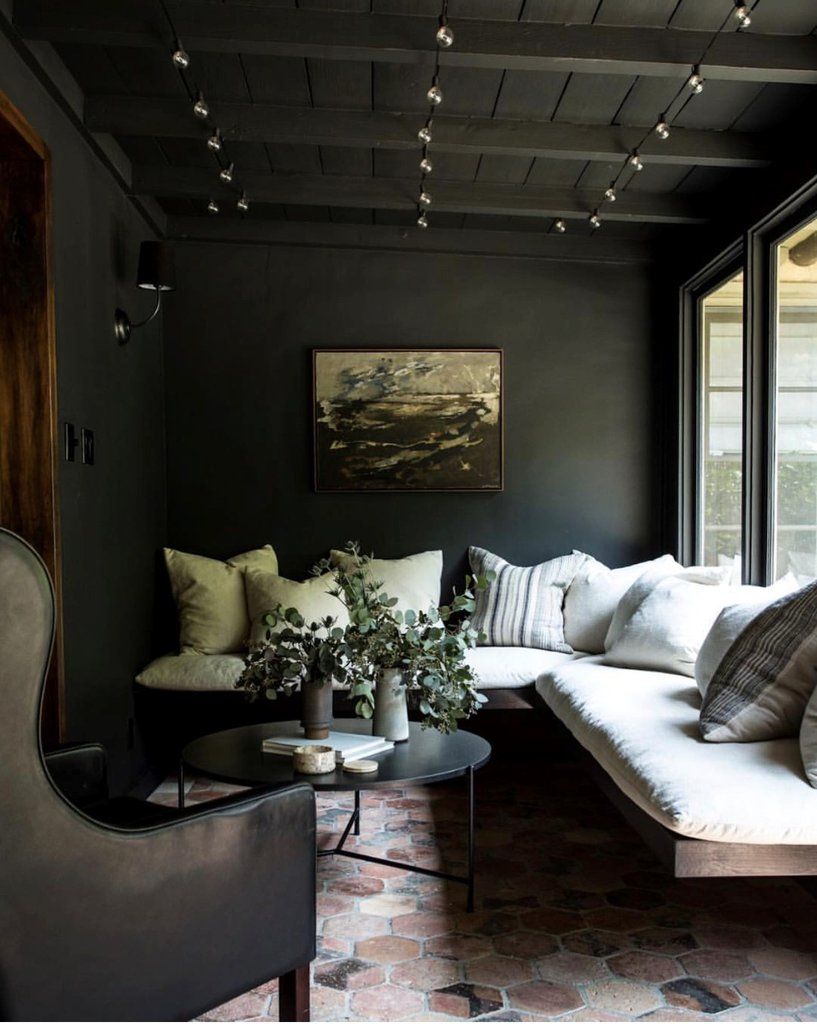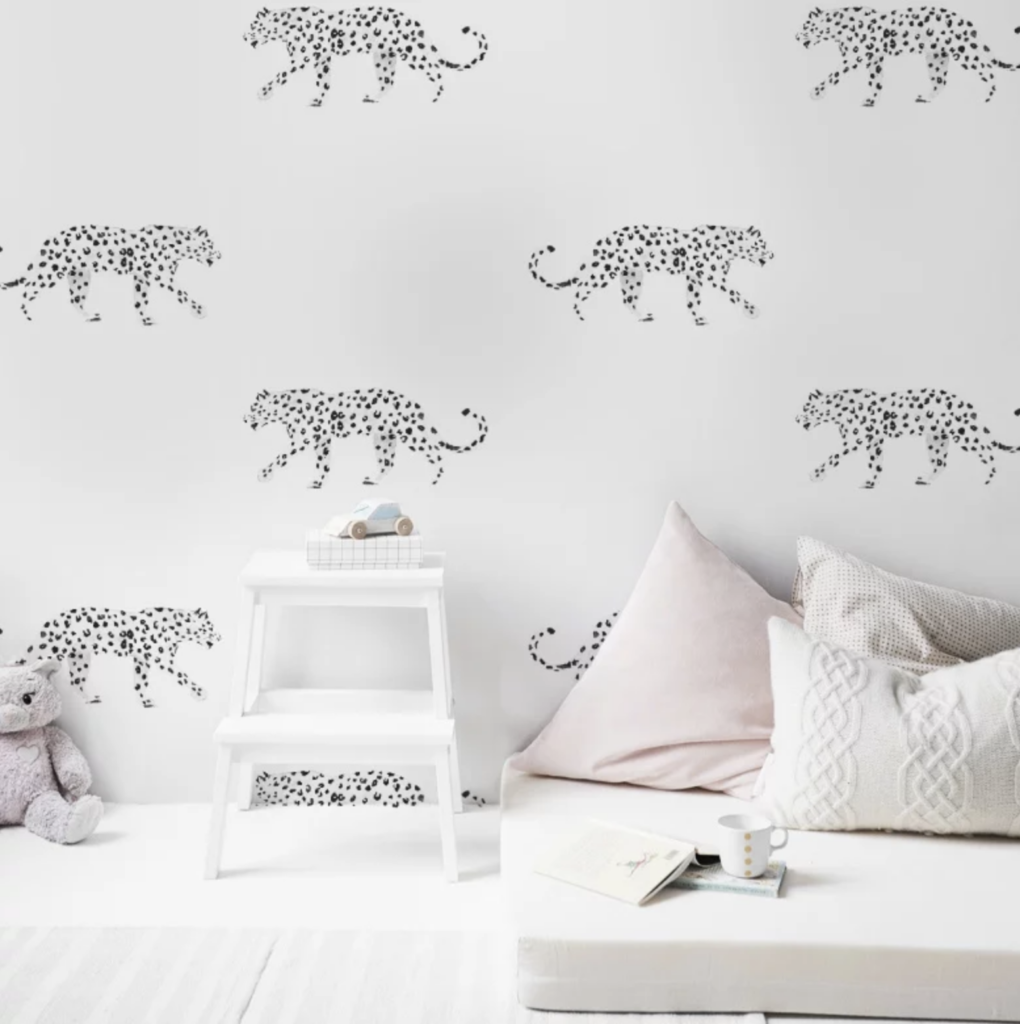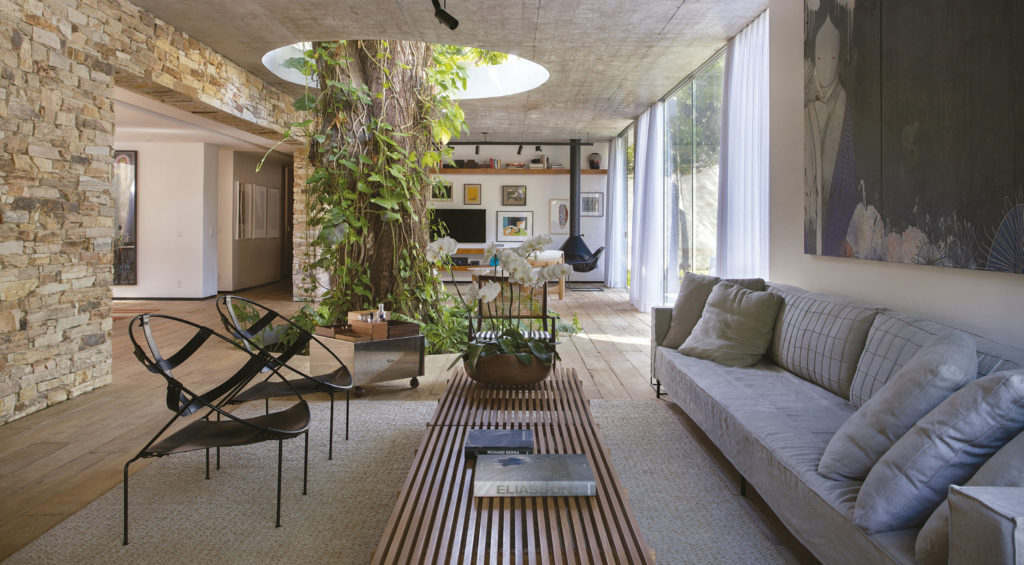Sustainability
Sustainable interior design is a growing trend. It considers the environmental impact of our homes, including the architectural design of our houses, materials, products, and the way we live have on the environment. More of us incorporate sustainability into our lifestyles, delivering sustainable interior design can be incorporated into a project through various techniques and considerations.
Give your old furniture a new lease of life. Think about how you can refashion it by upcycling or repurposing it. There are lots of inspirational ideas out there, and if you can’t upcycle, recycle. You can donate, sell, or even do a furniture swap.
- Use furniture made from natural materials, certain woods, bamboo, cork and other sustainable materials. Better still, buy antiques or other used furniture.
- Evaluate the life cycle of the products you select. Think about how that product is extracted, produced, transported and processed.
- Opt for recycled/renewed products that have been reconfigured into new items. When you want a change, recycle them again.
- Choose natural textiles and finishings. Cutback on synthetic materials and opt for recycled fabric or natural or materials, such as hemp, flax, and organic wool. There is a tonne of brands that now offer organic and recycled soft furnishings.
- If you can, shop local, cutting back on transportation costs and emissions. There are a lot of small independents and artisan stores that create and sell homewares and upcycled items.
- Pick products and use products that have a low environmental impact (LOC)
- Avoid products with VOC (volatile organic compounds) these are organic chemicals that evaporate into the air and can be found in various products, including paints, cleaning products, and even furniture and carpets
- Consider the paint you use. There are plenty of non-toxic paints, including water-based, plant-based, mineral natural, and natural lime paints. Many brands offer environmentally friendly paints, sustainably produced paint, zero VOC paint, vegan paint, and non-toxic paint.
- We’ve said it before and it’s still a huge trend, but fill your home with plants. They not only look great but also serve a purpose by providing oxygen and filter the air.
- Carefully consider your plans and the design of your space. Think about the longevity and life of your design. A well-considered space that lasts a considerable time reduces waste. Also, take into account the flexibility of your space. Times change and so do tastes and trends, so design a room that can grow with you and give flexibility for as long as possible.
- Energy is a significant contributor to climate change. So give consideration to the efficiency of your home. There are many ways you can improve your energy consumption in your home. Here are a few quick fixes. (insert link) https://www.ovoenergy.com/guides/energy-guides/120-ways-to-save-energy.html
The list to becoming sustainable in our homes is endless. From the new technologies available when designing and building a house to improving our existing homes, take your time to research your options. It pays to be knowledgeable.

